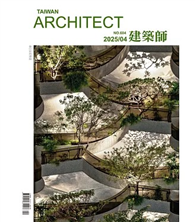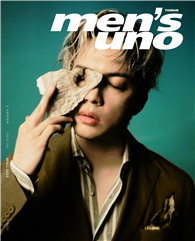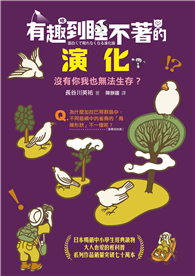Frazier’s personalized arrangements of her compelling photographs recognize the myriad social and political struggles of Black working-class communities
For more than two decades, artist-activist LaToya Ruby Frazier has used photography, text, moving images and performance to revive and preserve forgotten narratives of labor, gender and race in the postindustrial era. Frazier has cultivated a practice that builds on the legacy of the social documentary tradition of the 1930s, the photo-conceptual forays of the 1960s and 1970s, and the work of socially conscious writers such as Upton Sinclair, James Baldwin and bell hooks. Monuments of Solidarity celebrates the creativity and collaboration that persist in the face of industrialization and deindustrialization, racial and environmental injustice, gender disparities, unequal access to health care and clean water, and the denial of fundamental human rights. A form of Black feminist world-building, Frazier’s nontraditional "monuments for workers’ thoughts" demand recognition of the crucial role that women and people of color have played, and continue to play, in histories of labor and the working class.
Published in conjunction with the first comprehensive museum survey dedicated to the artist, Monuments of Solidarity presents the full range of her practice and includes both rarely seen and brand-new bodies of work. An illuminating overview essay by the exhibition’s curator, Roxana Marcoci, is accompanied by a manifesto by the artist and a suite of focused essays by other curators and scholars.
LaToya Ruby Frazier was born in 1982 in Braddock, Pennsylvania. Her artistic practice spans a range of mediums, including photography, video, performance, installation art and books, and centers on the nexus of social justice, cultural change and commentary on the American experience. Frazier is the recipient of numerous awards, including a 2015 MacArthur Fellowship.












